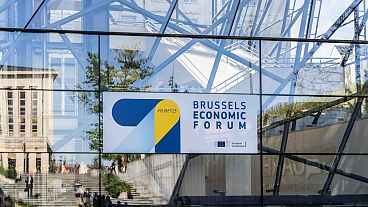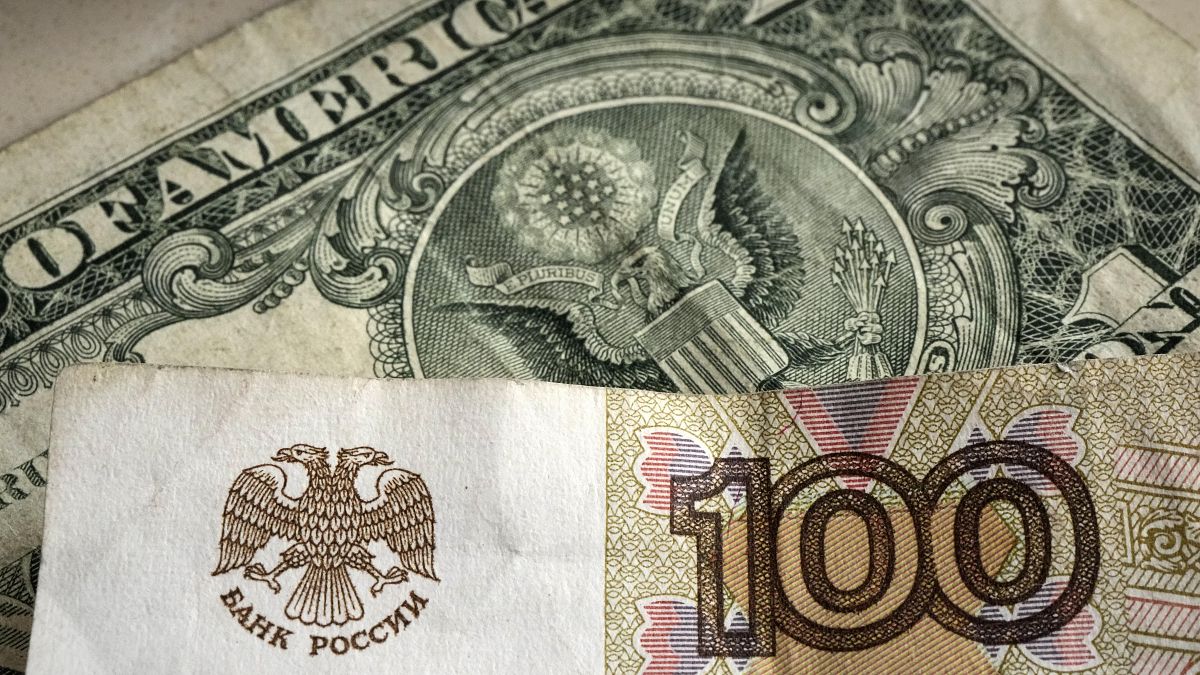Russia's national currency appears to have defied international sanctions. But the rebound is highly misleading.
Defying an extraordinary regime of international sanctions, the rouble, Russia's national currency, has managed to stage a surprising rebound and return to pre-war levels.
The rouble experienced a dramatic collapse in the days immediately after President Vladimir Putin ordered a full-scale invasion of Ukraine.
The currency continued its freefall as Western countries slapped Moscow with an increasingly harsh set of sanctions, including unheard-of measures to restrict the Russian Central Bank's ability to access its vast pool of foreign reserves. Warnings of an inevitable default spread fast.
But starting at the end of March, the rouble began to gradually recover. By mid-April, its value had reached 1 RUB = 0.013 USD in mid-April, a rate last seen on the eve of the invasion.
What explains this recovery?
EU payments for Russian pipeline gas are playing a big role in propping up the currency, says Maria Demertzis, deputy director at Bruegel, a Brussels-based economics think tank.
Watch the video above to discover the reasons behind the rouble's rebound.


